What’s going on with Apple’s App Store in the EU? Here’s everything you need to know
There have been plenty of changes to Apple's App Store recently to comply with EU regulations and things are pretty confusing
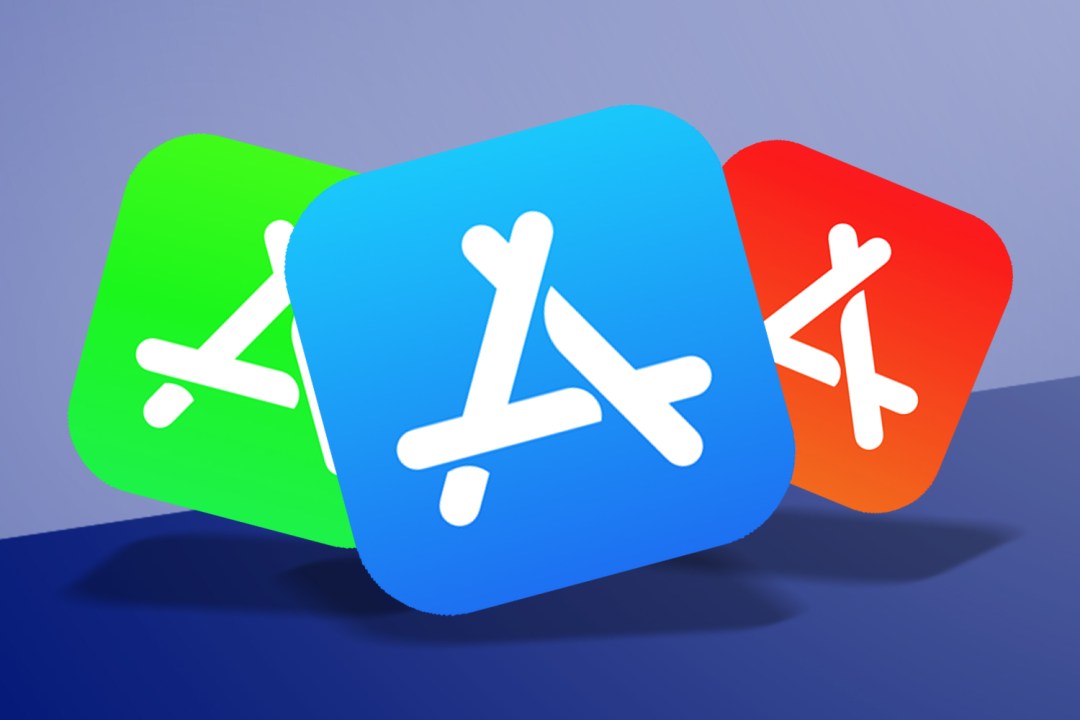
If you’re an iPhone user, you’ve probably seen headlines about major changes to the App Store. There’s this new rule, this new option, and this new screen. But then that thing’s getting changed again. And downloading apps on your top iPhone is going to be different Things are getting pretty confusing, especially if you’re not glued to tech news like us.
The short version is that Apple is making a bunch of changes to the App Store to comply to EU legislation. All of the changes (except 1 – more on that later) only apply to the EU. So that excludes the US, UK, and any other country. It’s important to note that Apple has chosen the precise ways to comply with the EU – the EU hasn’t told Apple what changes to roll out. The idea is to comply with the EU’s upcoming Digital Markets Act. Why only the EU? Apple cites concerns over fraud, scams, and privacy threats as the main culprits.
So you’re probably left wondering, “what’s going in with the App Store?” And you’re not the only one. We’ve scraped over all of Apple’s announcements to compile everything you need to know.
Alternative App Stores are now allowed
So, Apple’s finally letting the kids play in the sandbox, but with some rules. Starting with iOS 17.4, if you’re in the European Union (EU), you’ll witness Apple opening the gates to third-party app stores. On these app stores, developers will be able to offer a range of apps from multiple developers, or keep things tightly-knit. For example, I could open an app store and allow developer submissions. And, just as equally, Meta could set one up for every mobile app they make (Facebook, Thread, Instagram, WhatsApp).
Every Tom, Dick, and Harry wanting their app store to grace the hallowed grounds of your iPhone must first get Apple’s seal of approval. This means jumping through hoops like Apple’s notarization process. Think of it as the bouncer checking your ID before letting you into the club. This process aims to ensure apps play nice, don’t steal your data, and don’t turn your phone into a brick.
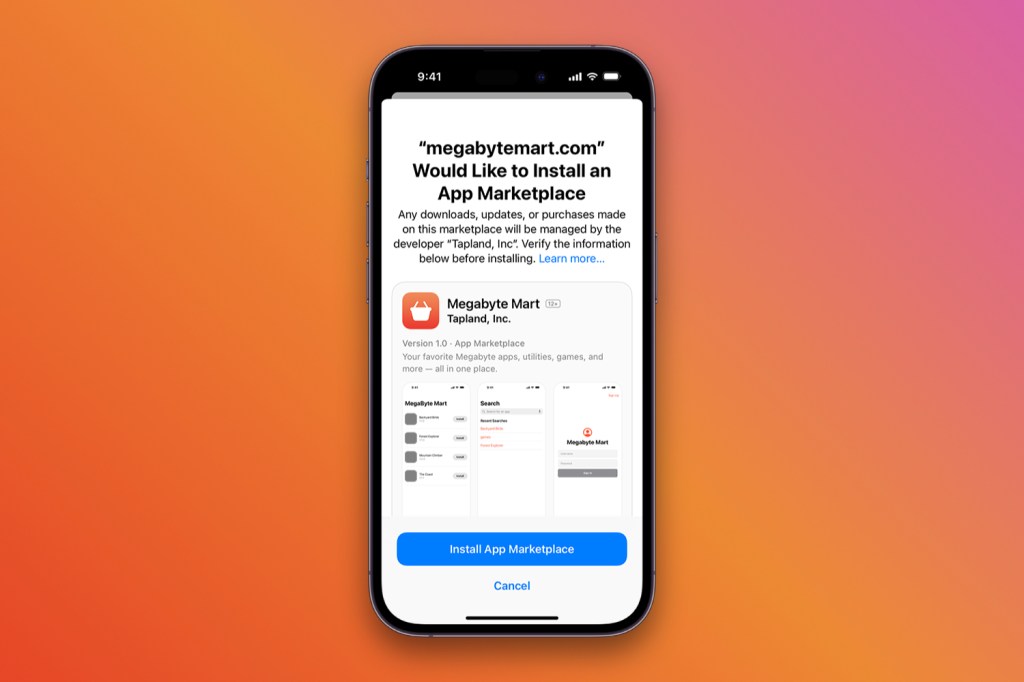
So, how does an app get this golden ticket? It’s not just a matter of submitting an app and crossing your fingers. No, there’s a series of automated checks the app must pass, followed by what Apple calls a “baseline human review.” It needs to pass the following checks:
- Accuracy: It needs to accurately represent who made it, what it does, and if there are any costs involved for the user. No sneaky business or disguises allowed.
- Functionality: The app must perform well under pressure, not crash during the big finale, and play nice with the latest version of iOS. Apps that try to cheat the system or degrade the user experience are shown the door.
- Safety: Apps must also prove they’re not a danger. This means no encouraging risky behaviour or putting users in harm’s way.
- Security: Apps must not play Trojan horse by sneaking in malware or unwanted software. They’re also forbidden from performing any behind-the-scenes trickery that could compromise a device’s security. Transparency and user consent are the names of the game.
- Privacy: Apps can’t go rummaging through your personal data without a clear purpose and explicit permission. It’s about respecting boundaries and ensuring users know what they’re getting into.
Apple’s also waving goodbye to commissions for apps distributed outside its App Store. However, developers of these alternative playgrounds will need to cough up a “Core Technology Fee” of €0.50 for each app downloaded from their store, annually. And yes, that fee kicks in from the get-go, no million freebies here.
Distributing your app through one of these newfound marketplaces? Prepare for some limitations. Your app won’t mingle with some of iOS’s cooler kids, like Screen Time, refunds, and in-app purchases. Also, remember that changing your default app store is now a thing, so choose your alliances wisely.
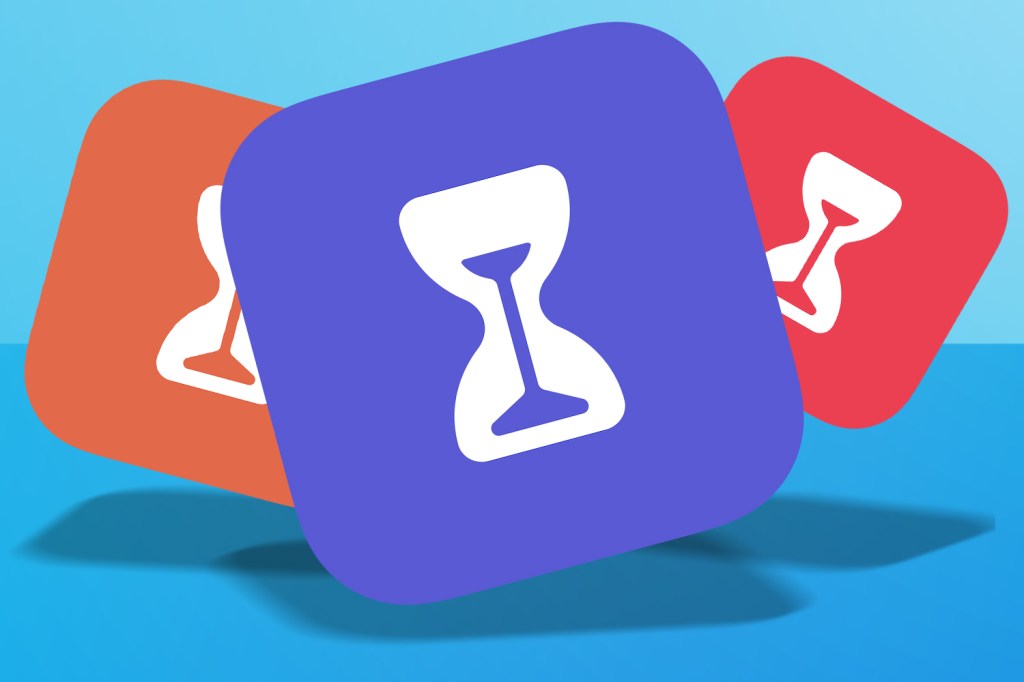
However, Apple allows users to choose a new default app store, replacing the Apple App Store. This means you can now choose your allegiance, but beware, with great power comes great responsibility. Changing your default app store could change how you find and install apps, manage updates, and interact with your device. Prepare for a slightly different journey. Before an app settles into your device, a new system sheet will pop up outlining everything about the app and to make sure you’re really sure you want to download the app.
Unless you want to use the web
Wrapped your head around that? Excellent. Now completely forget all about it. Scheduled to roll out this spring, Apple is letting developers bypass the traditional app marketplace altogether. With Web Distribution, developers can now serve up their apps directly from their website to your iPhone. No App Store, no third-party app marketplace, just straight from the source.
Apple’s applying the same “Core Technology Fee” of €0.50 for each first annual install over one million in the past 12 months. Even in this new wild west of app distribution, Apple’s notarization process remains the sheriff in town. Every app distributed through the web will need to tip its hat to Apple’s notarization guidelines, ensuring they’re up to snuff in terms of security, privacy, and functionality. This means even web-distributed apps need to behave, or they’re getting run out of town.
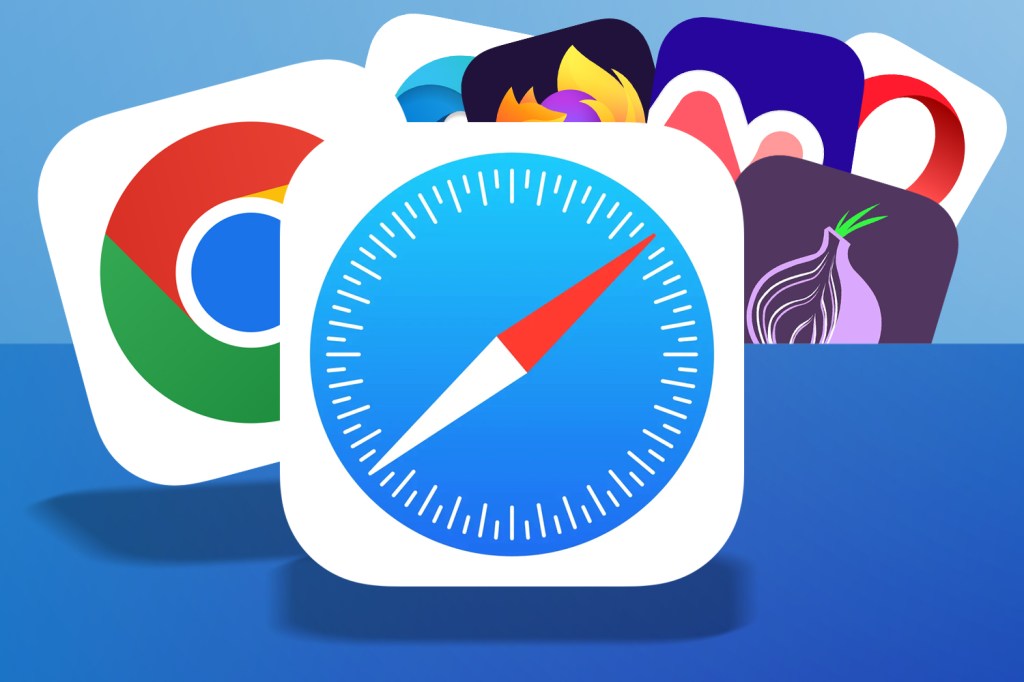
Not just any developer can saddle up for this ride. To qualify for Web Distribution, you’ve got to tick a few boxes: be an organization in the EU (or have an EU subsidiary listed in App Store Connect), be in good standing with the Apple Developer Program for two or more years, and boast over a million first annual installs on iOS in the EU in the prior calendar year.
Developers opting for Web Distribution need to keep their house in order. This includes offering apps only from their developer account, being on the ball with communications from Apple, publishing clear data collection policies, adhering to local laws, and being ready to handle takedown requests. It’s not just about distributing apps; it’s about curating an experience that’s safe, secure, and respectful of user privacy.
Cloud gaming for all!
If you’ve been holding out for the one change that applies to everyone (not just the EU), this is it! Apple has decided to embrace the future of gaming by opening up its App Store to game streaming services. This is big news for gamers who’ve been itching to get their hands on the likes of Xbox Cloud Streaming and GeForce Now without the faff of navigating through a web browser.
You could, technically, access cloud gaming services through a browser on iOS. Which is about as easy as it sounds: not very. To get on the App Store, developers had to submit each game as a standalone app. Now, developers can submit a single app that streams their entire catalogue.

Each game experience offered through these apps will need to play nice with all App Store Review Guidelines. Plus, the host app will need to carry an age rating that reflects the highest age-rated content in the app. Developers can now provide enhanced discovery opportunities for their content, including streaming games, mini-apps, mini-games, chatbots, and plug-ins right within their apps.
And for the first time, these can incorporate Apple’s In-App Purchase system, offering paid digital content or services. This could be anything from a subscription for an individual chatbot to in-game purchases, making it a win-win for developers and users.
All of Apple’s other App Store changes
With all the major App Store changes out of the way, let’s focus on some of the smaller refinements. It’s a smorgasbord of new rules that open things up for developers.
Third-party payment services and banks can offer their own NFC payment solutions directly in apps, replacing Apple Pay. This change is exclusive to the European Economic Area, turning your device into a veritable wallet of possibilities. Apple’s also now allowing users to pick their poison from a line-up of the most downloaded browsers, including Firefox, Opera, Chrome, Brave, and Microsoft Edge. When setting up (or updating) to iOS 17.4, you must go through an onboarding screen that asks you to pick your browser.
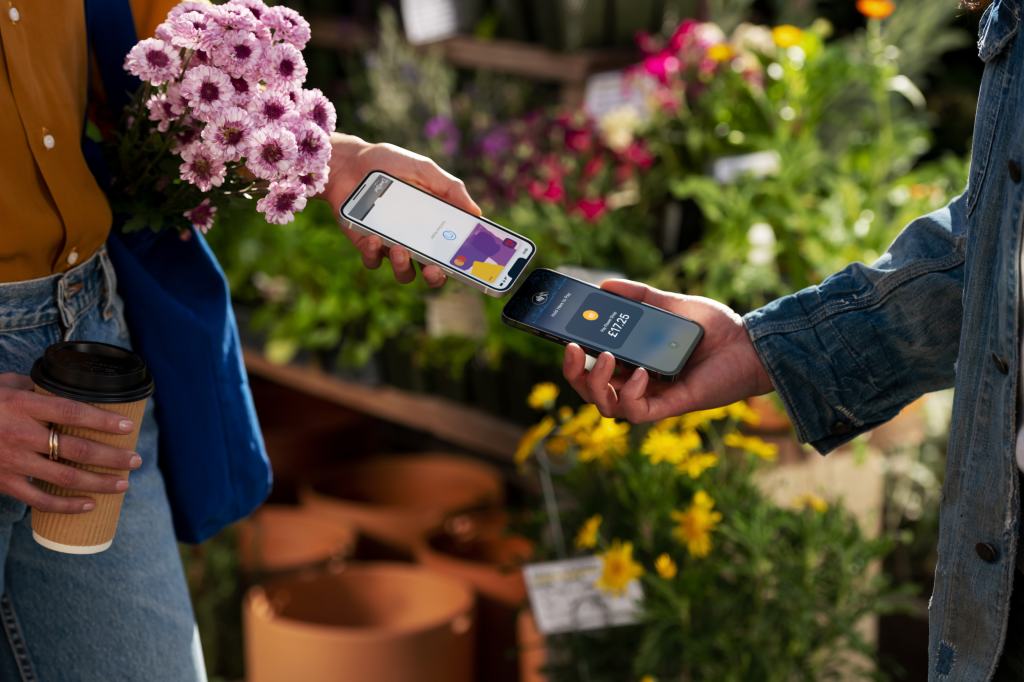
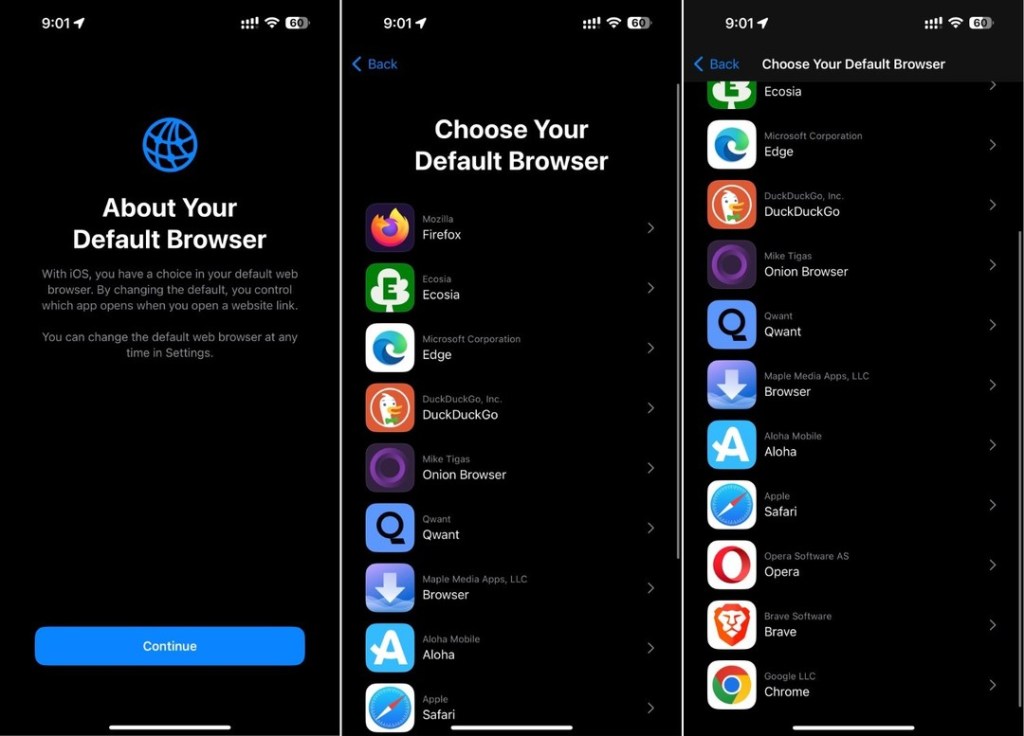
Apple’s opening the door a crack further for developers, offering additional interoperability with iPhone’s hardware and software features. Though they’ll be evaluating these requests on a case-by-case basis, it’s a step towards a more open, versatile platform for developing apps that truly leverage the iPhone’s capabilities. For the data-hungry developers out there, Apple is also rolling out over 50 new analytics reports through the App Store Connect API.
And Apple’s also loosening the reins on how transactions for digital goods or services can be completed. Gone are the days of sticking strictly to Apple’s design templates for promotions, discounts, and deals. Now, developers have the creative freedom to design these interactions as they see fit.


